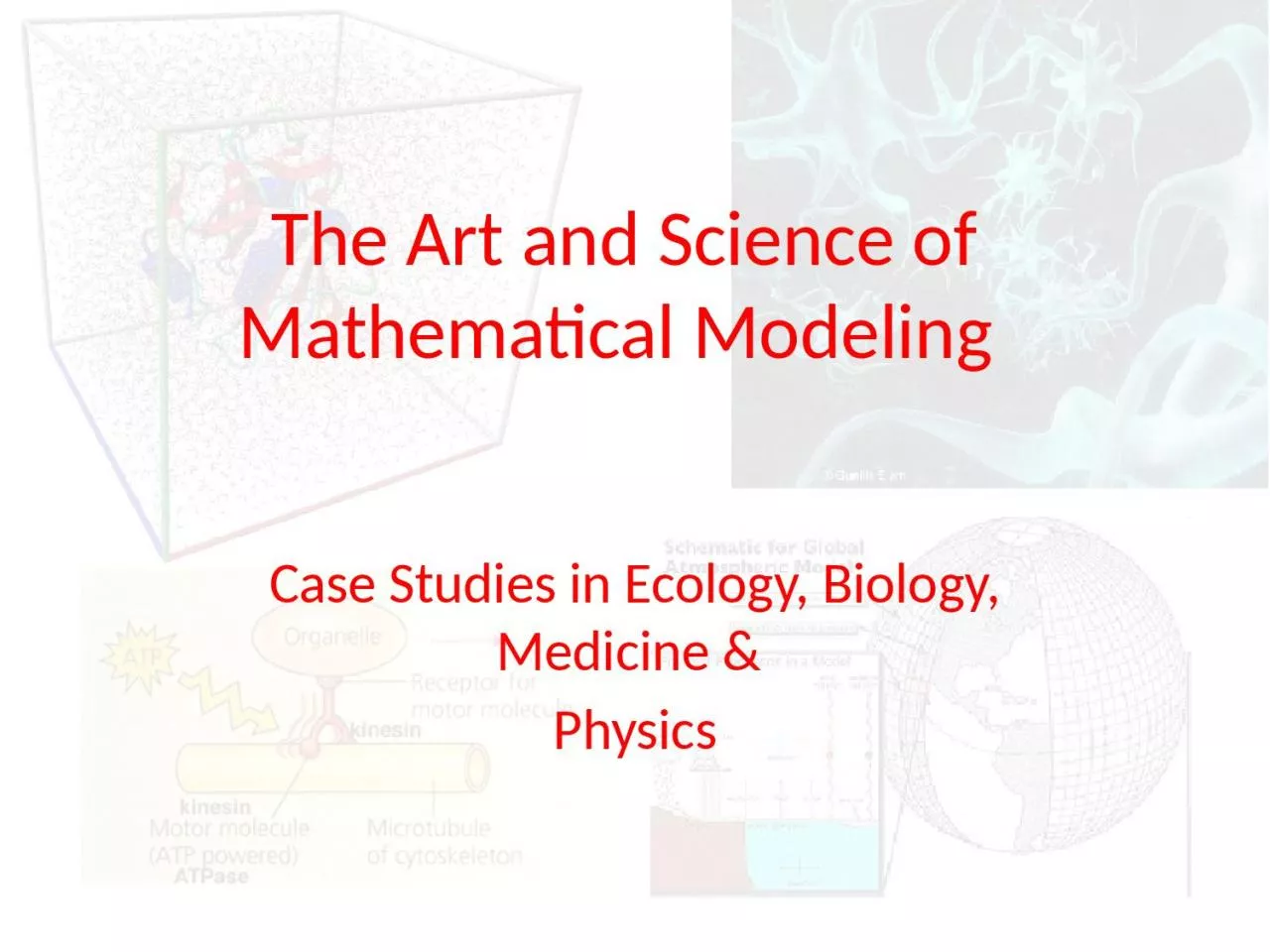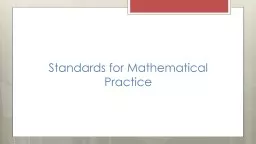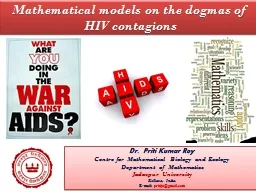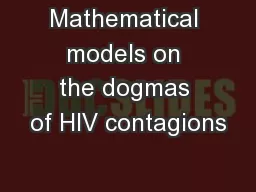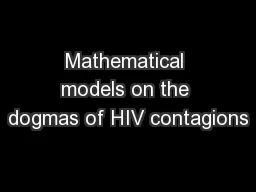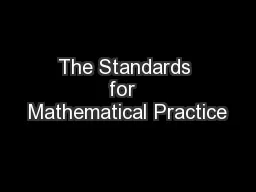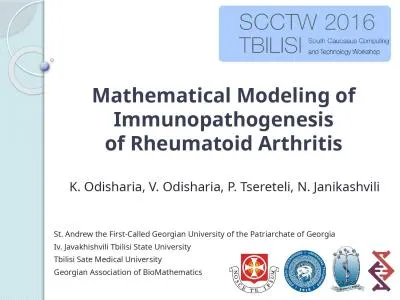PPT-The Art and Science of Mathematical Modeling
Author : ceila | Published Date : 2024-01-03
Case Studies in Ecology Biology Medicine amp Physics Prey Predator Models 2 Observed Data 3 A verbal model of predatorprey cycles Predators eat prey and reduce
Presentation Embed Code
Download Presentation
Download Presentation The PPT/PDF document "The Art and Science of Mathematical Mode..." is the property of its rightful owner. Permission is granted to download and print the materials on this website for personal, non-commercial use only, and to display it on your personal computer provided you do not modify the materials and that you retain all copyright notices contained in the materials. By downloading content from our website, you accept the terms of this agreement.
The Art and Science of Mathematical Modeling: Transcript
Download Rules Of Document
"The Art and Science of Mathematical Modeling"The content belongs to its owner. You may download and print it for personal use, without modification, and keep all copyright notices. By downloading, you agree to these terms.
Related Documents

